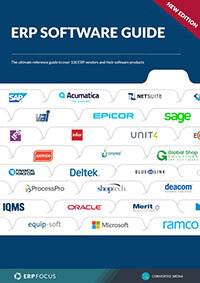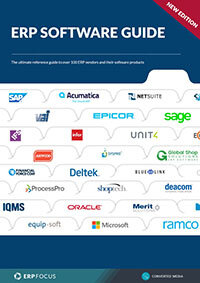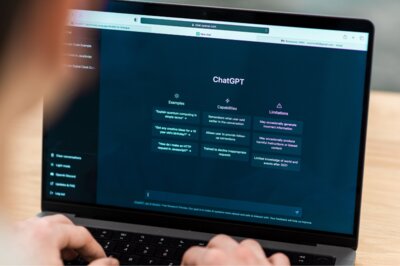2014 ERP Software Trends: User Experience Improvements
2014 will see the continued ERP trend towards improved user experience. This includes all users, from peons to presidents. These improvements will come from integration and configuration of ERP and from expanded use of ERP automation. The day when an ERP user can sit in his contour chair and think processes into action is probably still a year or two further away, but we will see much simpler input and query screens configurable to each user and their unique needs.
Portals to link customers too often only have given us a spreadsheet or a document that still needed to be typed into a sales order. More and more these will be directly linked and the sales order created automatically with only a verification required. Drawings and other documents will be attached to the new sales orders and linked directly with CAD and connected with the shop equipment. All this will get customer orders into production and on their way to an on-time delivery. The crux of this ERP trend is that processes will be much easier on the user and lead to greater customer satisfaction.
The List Goes On and On
We have had the ability to link tools such as calipers and scales to our ERP production systems and users who are in the mainstream will take advantage as sophisticated users already have. Measurements directly inputted into the ERP system will eliminate keystrokes leading to easier user processes.
Much of our production heavy equipment is already connected to data systems and can easily be connected to ERP as well. When the machine starts running, the operator must have logged into the job and operation so another user interface is eliminated. The machinery counts completed pieces and this too can be transmitted to the ERP saving expensive and non-value-adding keystrokes.
Any time a piece of data is typed more than once by any two people internally and externally, that second data input can probably be automated.
Bar code and RFID transactions are still not universal and they will continue to increase. Suppliers can transmit ASN’s directly to our ERP directly. Payments can be made and received directly from the bank using debit transactions. The list goes on and on.
Look at your processes. Any time a piece of data is typed more than once by any two people internally and externally, that second data input can probably be automated. Fields filled in accurately before the user even opens a screen is the ultimate in a simple ERP interface. ERP trends are rarely this easy to predict, but who would dare to argue against improved user experience, a change which will improve efficiency and satisfaction at every level.
Free white paper

ERP Software Guide
A 70 page guide covering over 100 different software products

Related articles
-

Intelligent ERP systems: What AI can (and can’t) do
What AI in ERP really means for buyers in 2025
-

Secret KPI: Why Your ERP Implementation Team Matters More Than Software
Learn how Godlan ensures successful ERP implementation for manufacturers with proven strategies &...
-

ERP – do we need training and education?
What is the difference between ERP training and education?

